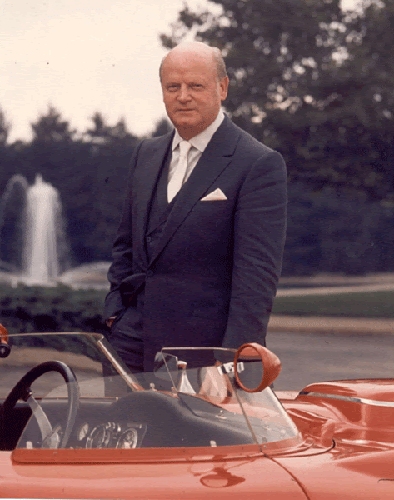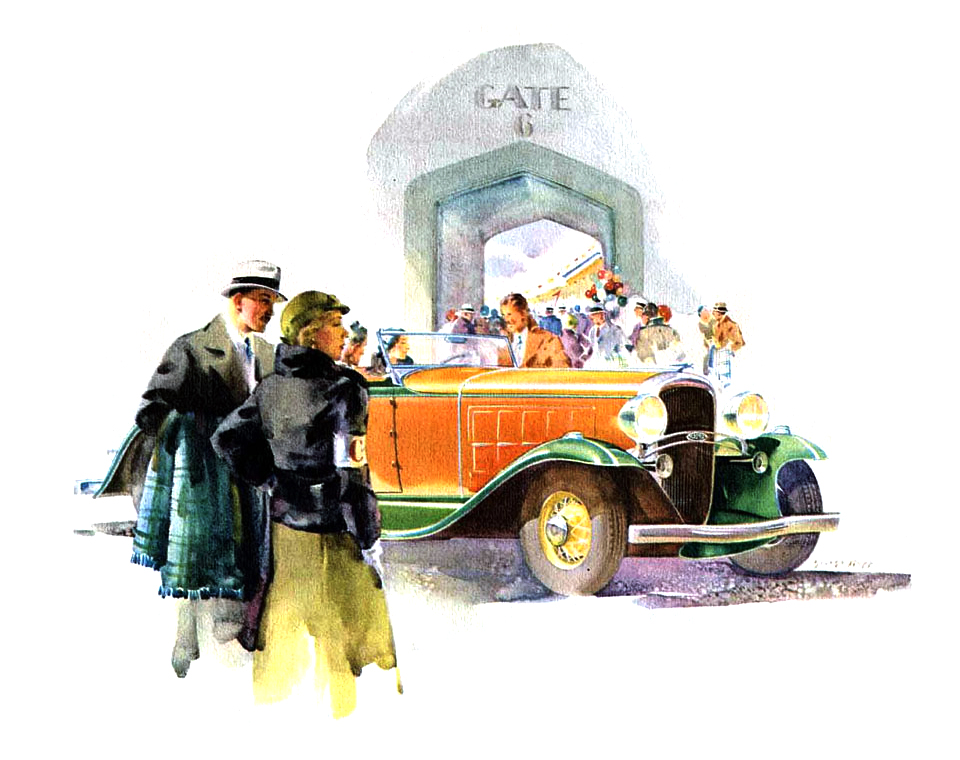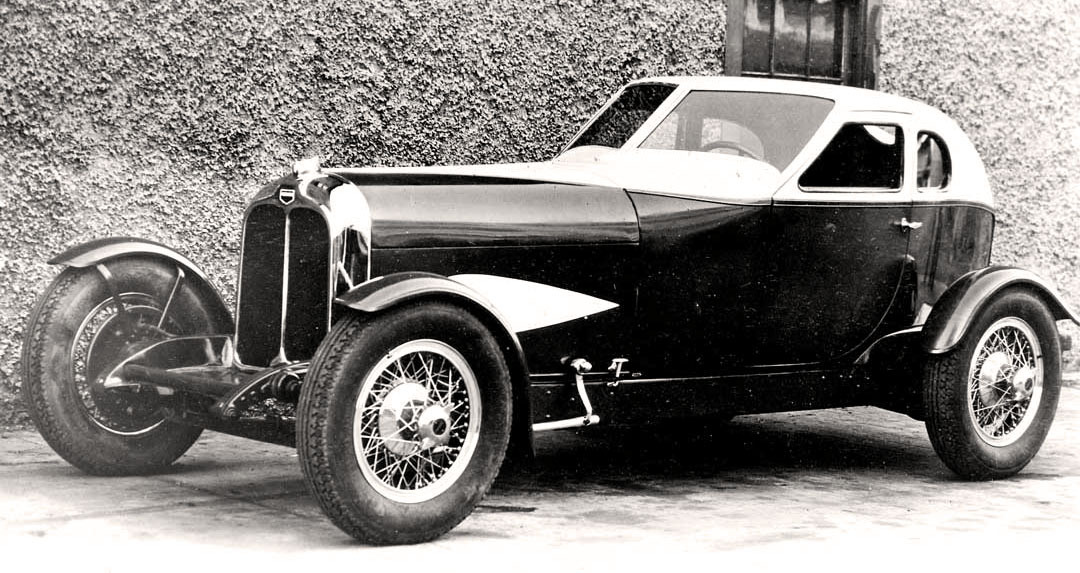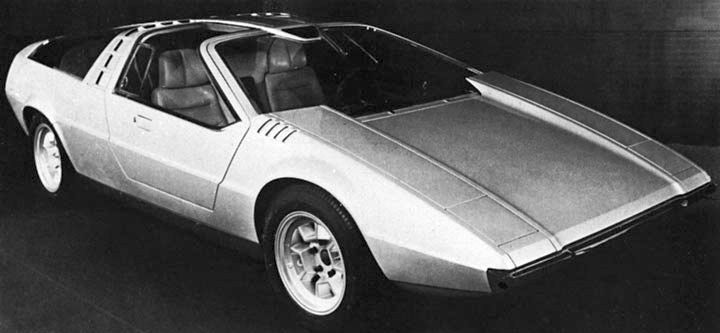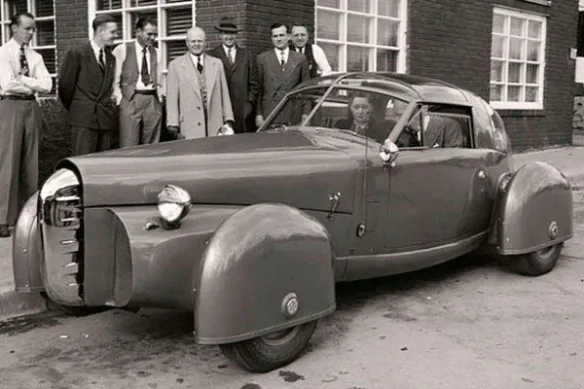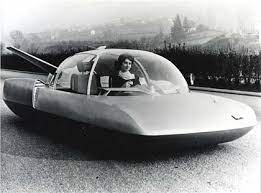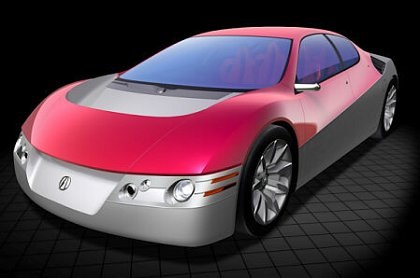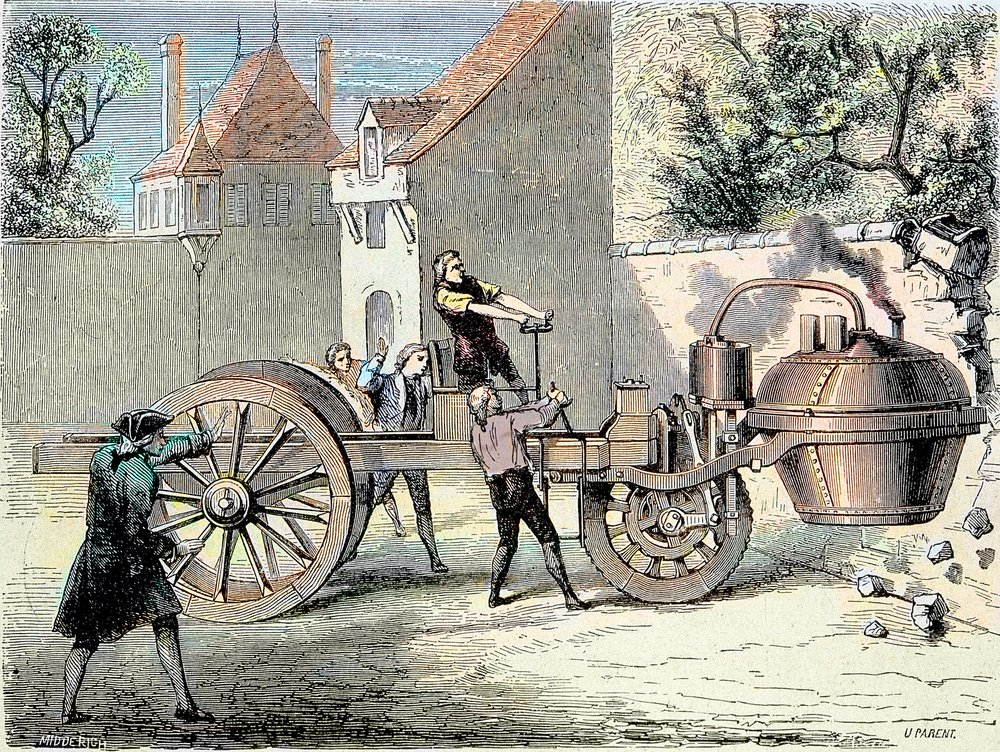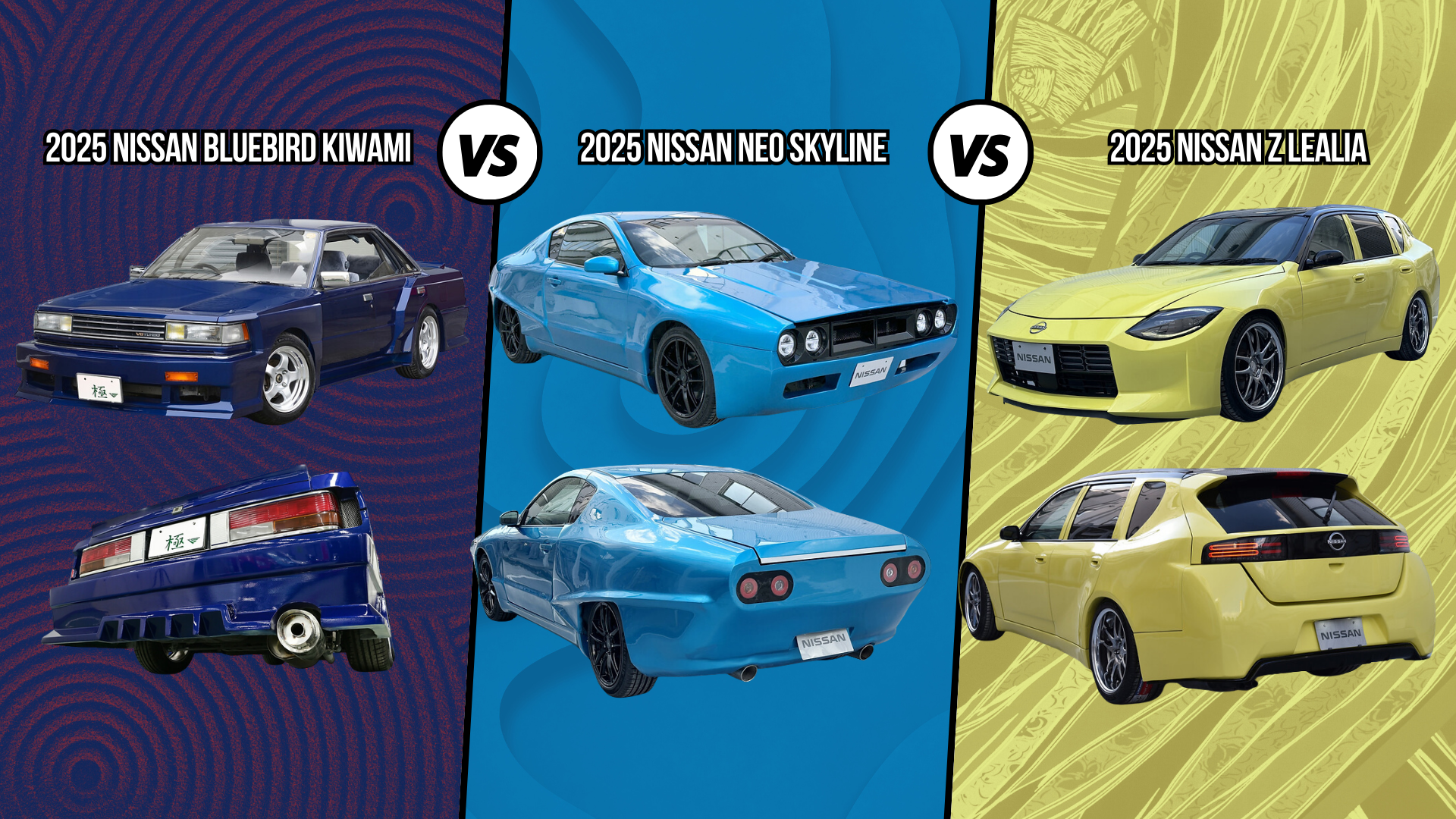William L. "Bill" Mitchell (1912–1988) was a towering figure in the world of automotive design. A key player in General Motors (GM) for over four decades, Mitchell's legacy is woven into the fabric of some of the most iconic cars ever produced. His design philosophy transformed GM’s offerings and set the tone for much of automotive design throughout the mid-20th century.
After a brief career as an advertising illustrator and the official illustrator for the Automobile Racing Club of America, Mitchell's career took a pivotal turn when Harley Earl, the legendary GM designer, brought him on board in 1935. Working in Earl’s Art and Colour Section, Mitchell’s early work began to influence the look of GM vehicles, but it was his later creations that truly defined his legacy.
Mitchell’s impact can be seen in more than 72.5 million vehicles produced by GM, including some of the most renowned cars in automotive history. The 1938 Cadillac Sixty Special, which redefined luxury car design with its clean lines and streamlined profile, was one of Mitchell’s earliest successes. In 1949, Mitchell played a key role in the design of the Cadillac Coupe deVille, which became a symbol of postwar prosperity and helped define the Cadillac brand's reputation for elegance and sophistication.
However, it was in the 1950s and 1960s that Mitchell’s influence truly reached its zenith. He was instrumental in creating the Chevrolet Bel Air, one of the most iconic American cars of the 1950s, and he oversaw the development of the legendary 1959-1964 Cadillac DeVille, whose tailfins and dramatic design would forever be associated with the golden age of American automotive design.
Mitchell’s greatest contribution, however, may have been his work on the Chevrolet Corvette. Under his leadership, the Corvette transitioned from a quirky sports car into an American icon, most notably with the 1961-1967 Corvette Stingray. The Stingray, with its flowing lines, dramatic rear curves, and powerful performance, is often regarded as one of the most beautifully designed cars in history.
Beyond his hands-on design work, Mitchell also made a lasting impact as the head of GM's Design Division, a position he held from 1959 until his retirement in 1977. During his 19 years as Vice President of Design, Mitchell oversaw the creation of groundbreaking vehicles like the 1970-1981 Chevrolet Camaro, the 1976-1979 Cadillac Seville, and the 1963-1965 Buick Riviera, all of which cemented his place in automotive history.
The “Bill Mitchell era” was characterized by bold, often extravagant styling that pushed the limits of automotive design. His influence extended beyond GM, shaping trends that rippled across the entire industry. Mitchell’s designs are synonymous with the high-water mark of American automotive style, blending performance with an unmatched sense of flair.
Mitchell’s work not only influenced the look of cars for decades, but it also played a crucial role in shaping the very identity of GM. His legacy is one of innovation, artistic expression, and an unrelenting commitment to automotive excellence.
Bill Mitchell's Designs

